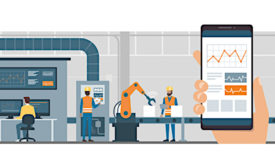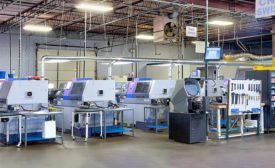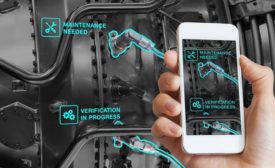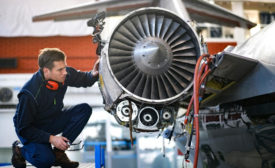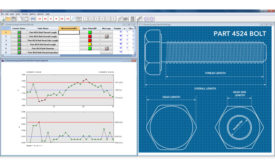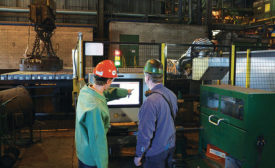Home » Keywords: » real time data
Items Tagged with 'real time data'
ARTICLES
Sponsored Content
5 Ways Minitab Real-Time SPC Transforms Quality Management
March 15, 2024
Software & Analysis
AI for Data Collection is Here!
Artificial Intelligence will change the complete environment of data collection, data analysis, and real-time action.
June 30, 2023
How Predictive Analysis Software Boost Efficiency
Manufacturers can prevent disruption instead of reacting to it.
October 7, 2022
New Data Collection Fundamentals Keep Pace With Industry 4.0
New to wireless data collection? Here’s some helpful terminology to get you in the know.
April 8, 2021
Four Things Your ERP System Should Do For You
ERP systems can vary widely in size, scope, features, and functionalities, depending on the needs of different manufacturers.
April 7, 2021
VISION & SENSORS - AUTOMATION
How Augmented Reality Can Support Industry 4.0
With the introduction of augmented reality into assembly and inspection processes, cutting-edge industry 4.0 research is uncovering best practices to maximize quality.
March 9, 2021
Save Time with Auto Ballooning
By auto ballooning various model types, companies can complete forms faster.
June 1, 2020
5 Questions to Ask When Evaluating an SPC Provider
Make the right SPC software investment by asking the right questions.
February 1, 2019
Improving Automation
We've come a long way, but we still have a long way to go.
March 1, 2016
Get our new eMagazine delivered to your inbox every month.
Stay in the know with Quality’s comprehensive coverage of the manufacturing and metrology industries.
SIGN UP TODAY!Copyright ©2024. All Rights Reserved BNP Media.
Design, CMS, Hosting & Web Development :: ePublishing

